Back in the Glow: Updates from the Studio
Lessons Learned Managing the Heat (Literally) for Plasma Art
It’s been a minute! I’ve been quieter here because I’ve been making, not writing—but I had my first juried show(!!), got a new kiln for my studio, and I’ve been apprenticing with Ed Kirshner (aka the “Plasma Yoda”), so it felt like time for both personal updates and also some nerdy glass/plasma thoughts.
My first time going to the Glass Art Society (GAS) Conference
Think of it as a sort of Disneyland for glass artists. You can meet other glass artists from around the world, meet friends old and new, learn from each other, and get some supplies for your glass addiction practice.
I went because one of my pieces was accepted to the GAS Art Show this year, and Percy Echols II graciously invited me to join the conference as his Board Assistant. So I packed my bags, participated in my first juried show(!), and met a lot of cool, nerdy glass people (if you’re reading this, hi!).
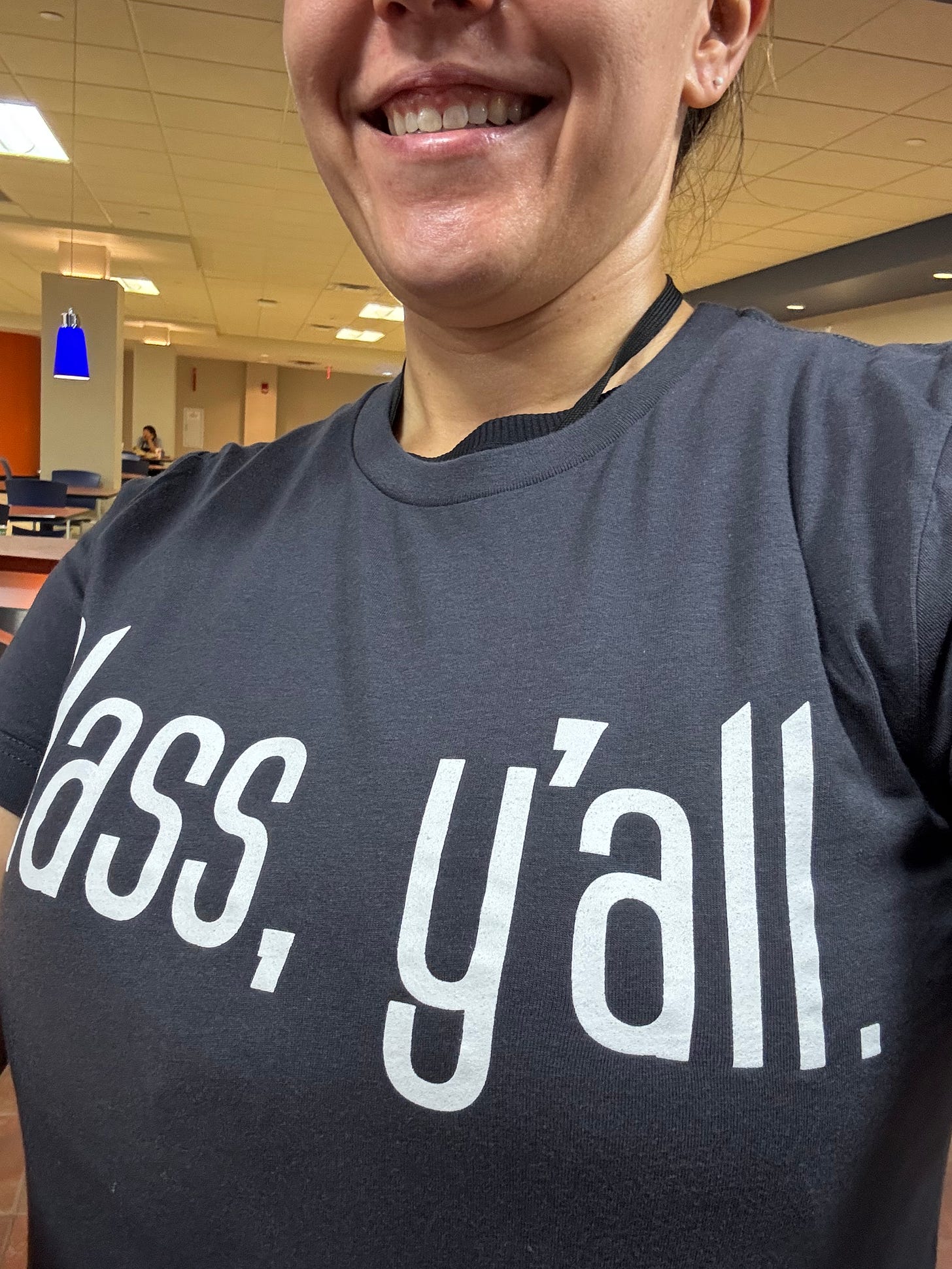
Baby Plasma Artist’s First Art Show
Nothing ever goes smoothly, especially the first time.
In preparation for the show, I learned the lesson that certain plasma pieces are more sensitive to heat than others. The krypton vulva I initially submitted for the show cracked during stress testing (yes I know there’s a joke in there somewhere). Luckily I had a neon version that the conference organizers approved in place of the krypton one.
I’m still figuring out why some of these panels seem more delicate, but I think it’s a variety of factors. Either way, having art in the show was a good experience for getting something out there on display and making it work.
Potentially nerdy glass talk ahead
One thing I’m noticing is that these “neon-style” plasma panels can be particularly sensitive to heat changes, I’m guessing in part because:
Unlike more “vessel” type plasma pieces that heat more evenly, the panels that only have certain parts filled with gas heat unevenly. In comparison the crackle panels I make seem less delicate, I think because the ones I’ve made also heat more evenly. Uneven heating at higher temperatures = glass stress = more likely to crack.
Higher COE glass like Bullseye (or other soft glass) tends to be more sensitive to these heat changes vs. lower COE like borosilicate.
How much impurities I can remove before filling — I did “bakeouts” (high heat in the kiln) and pumped/filled after it was out of the kiln, but I could probably improve that process.
Picking a good gas mixture and transformer that’s compatible with the particular piece I’m filling.
… and I’m sure a few other factors that I didn’t include here.
Using tech to manage the heat 😎
In any case, I decided to develop a solution to moderate the temperature.
Though the neon version seemed to heat up less intensely than the krypton one, I definitely didn’t want this to crack during the show, so I built a sensor setup to maintain a lower, steady temperature while it was on display throughout the show.
Percy shared Amy Lemaire’s sensor controlled power setup, which I used as inspiration for my setup. I ended up doing something a little different because I basically wanted the piece to:
Turn on when someone was around.
Turn off after a period of time or once it reached a certain temperature.
Stay off until it reached a certain temperature before turning on again.
Let people know if the piece was cooling off and taking a break.
I may make an Instructables as well or post what I did here (let me know if you want to see it!). I spent a couple weeks developing the setup, choosing sensors, coding, 3D printing components, debugging a few interesting things (like the transformer causing interference with certain types of sensors), and testing it at home and at the gallery itself.
And ta da! Heat was managed!
… Except for one sensor pooping out during the week, which I suppose was a possibility because I tried keeping the piece on throughout the day and night to reduce the need for gallery attendants to do anything with the artwork once it was set. Fortunately the sensor was quickly replaceable via Amazon, and by turning off the piece overnight, the rest of the time was pretty smooth from then on.
Here’s a quick demo of how the piece was set up at the show.
Favorite Talks and Demos
Fortunately a good portion of my volunteering time was being around the neon/plasma demos, which was another huge reason why I wanted to go to the conference this year.
I got to see one of my favorite plasma artists Angie McHale aka @roseglassart do a demo filling one of her plasma figures. I also saw Jacob Fishman, Zoelle Nagib (who runs Lightwriters Neon in Chicago), and Arlo Fishman, a family of neon artists who performed and demoed a neon/family game show that was very unexpected and lovely. I also saw James Akers demo while waxing on about different types of neon bends and what his mentors would say if they saw what he was doing. It felt very Bob Ross, if Bob Ross had a torch and was bending glass instead of welding a paintbrush and palette knife.
And because UT Arlington (where the GAS conference was held) has printmaking in the same area as their glass studios, I got to dabble in some printmaking for the first time and see Kacie Lee (another neon artist!) and her printmaking presentation, where I learned about the delightful risograph duplicator.
New Kiln
I was able to get a big (for me) clamshell kiln to make bigger pieces! I can go up to around 16” pieces instead of the previous 10” limit with my main kiln. Or, as my daughter would say, I can make “mama” and “baby” glass art now.
I can even do multiple smaller pieces in one firing, which blows my mind. Quite exciting. Watch this space as I plan to do some “mama” pieces in the future. 👀
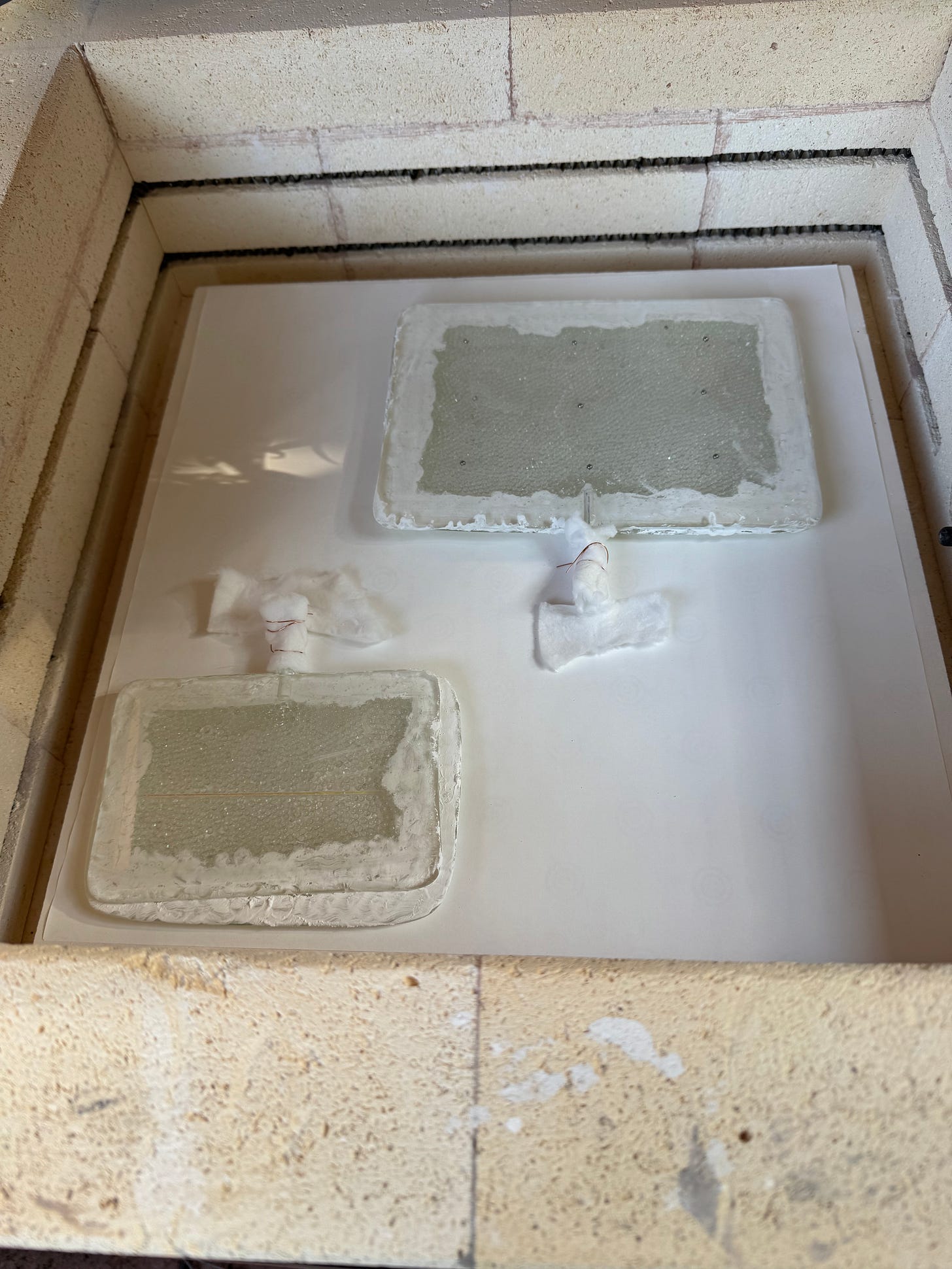
Becoming an Apprentice!
In the last few months I’ve been honored to become an apprentice for Ed Kirshner, the Plasma Yoda. He makes some truly unreal art that when I first saw videos from one of Percy’s presentations last year, I wondered how they were even possible. Now that I’m working with him I’m starting to understand a bit better, though there’s still a lot to learn. I’m helping him however I can continue his art practice while learning, developing, and refining my own techniques.
He also helped me “debug” a glass piece that seemed airtight (and was indeed leak-free, we confirmed!). The pink concha I made last year lit up for the first time, and it was beautiful. 🥲
What’s Next
Now that I have the larger kiln up and running, I have a “mama” glass piece I’ve been planning on making.
It may or may not involve a Pikachu… and maybe a touch of nitrogen if it looks good.
Once I get the idea out of my head and sketchbook and onto glass I’ll post progress here!
Along with further refining my process for making panels, improving my manifold, tinkering with different gas mixtures and getting more ideas working with Ed, I’ve got some things up my sleeve… Watch this space!
Thanks for reading!
If you’d like to support my work, you can follow, tip, or collect a piece through the links below.


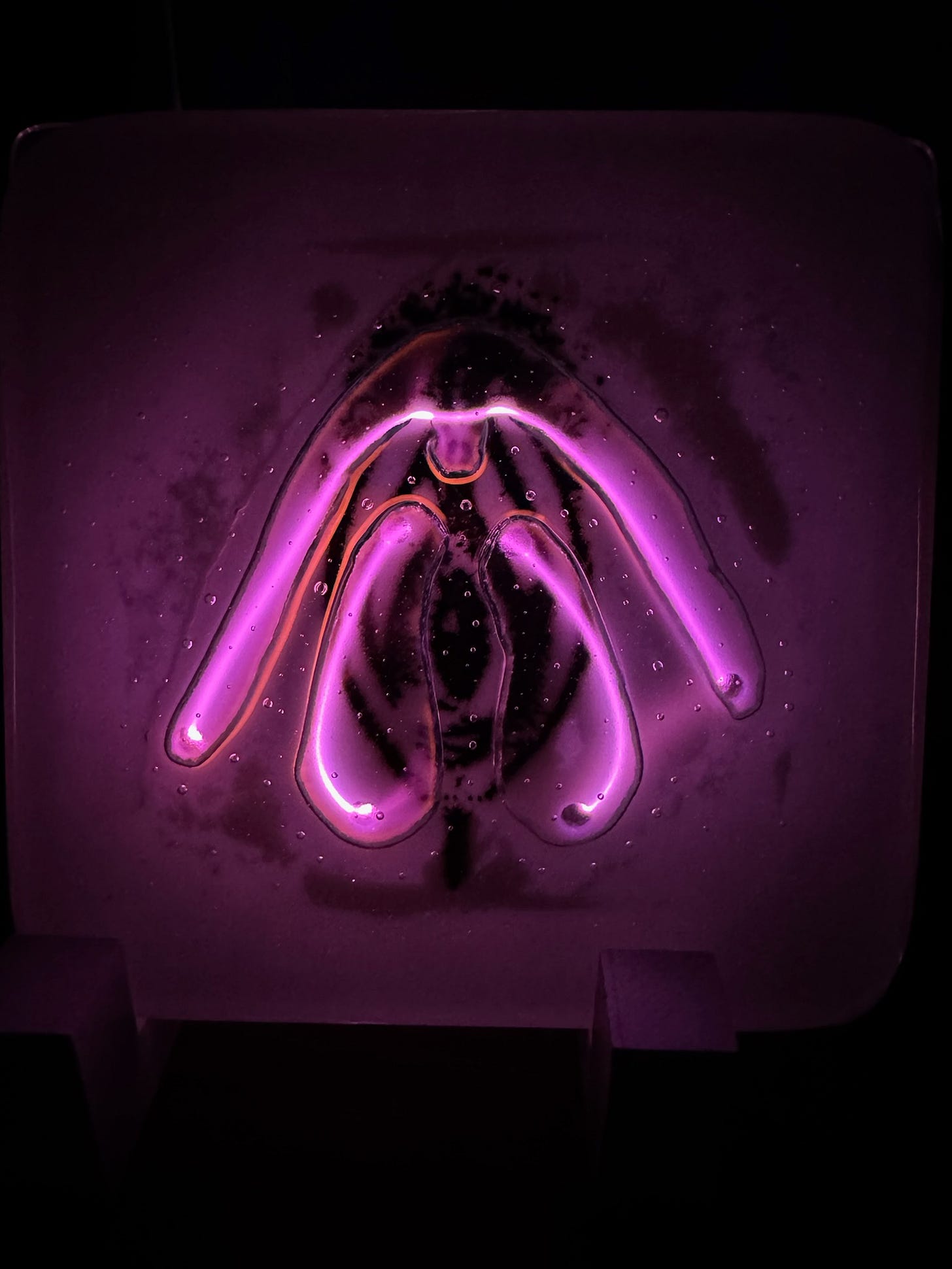
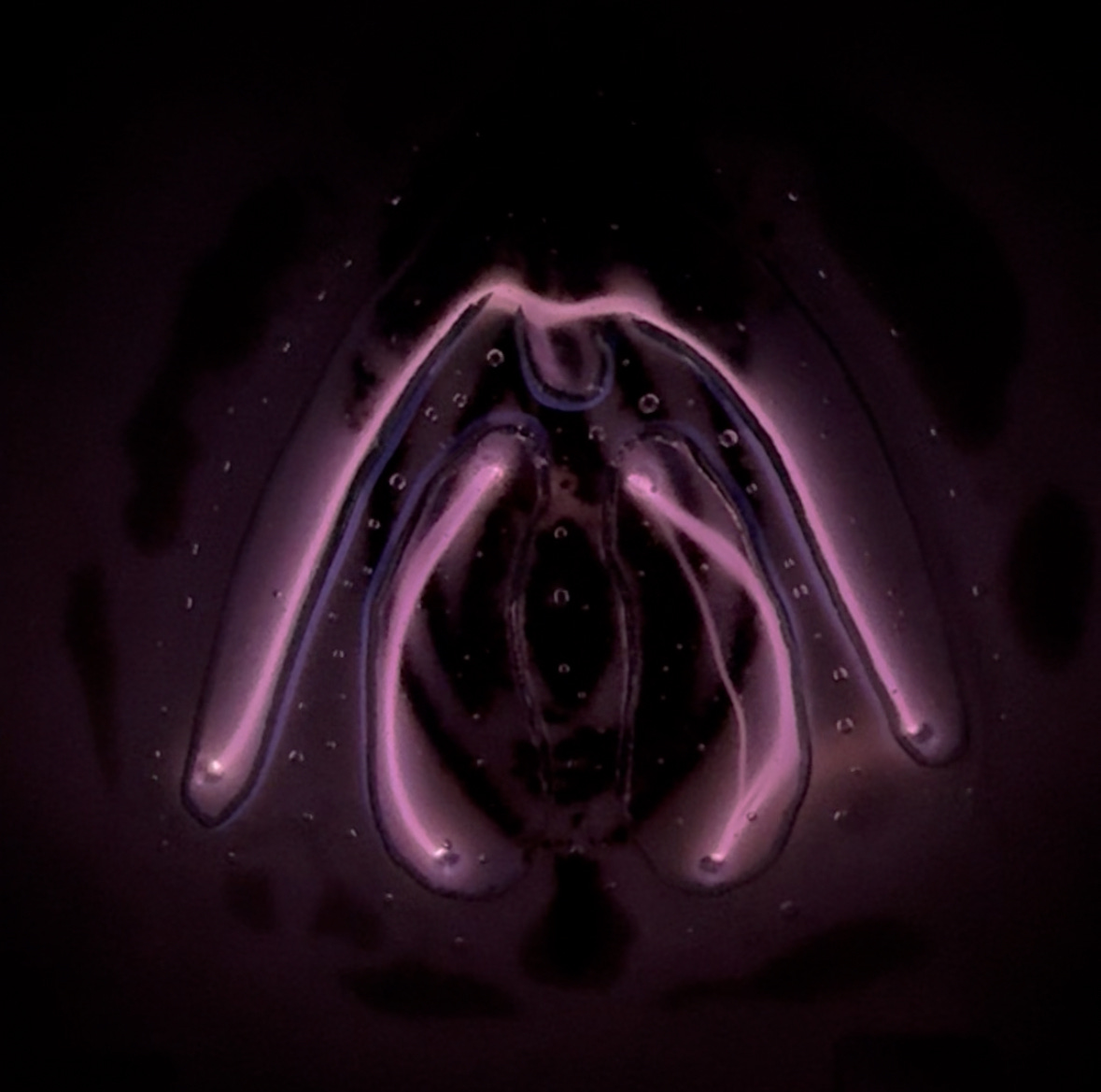
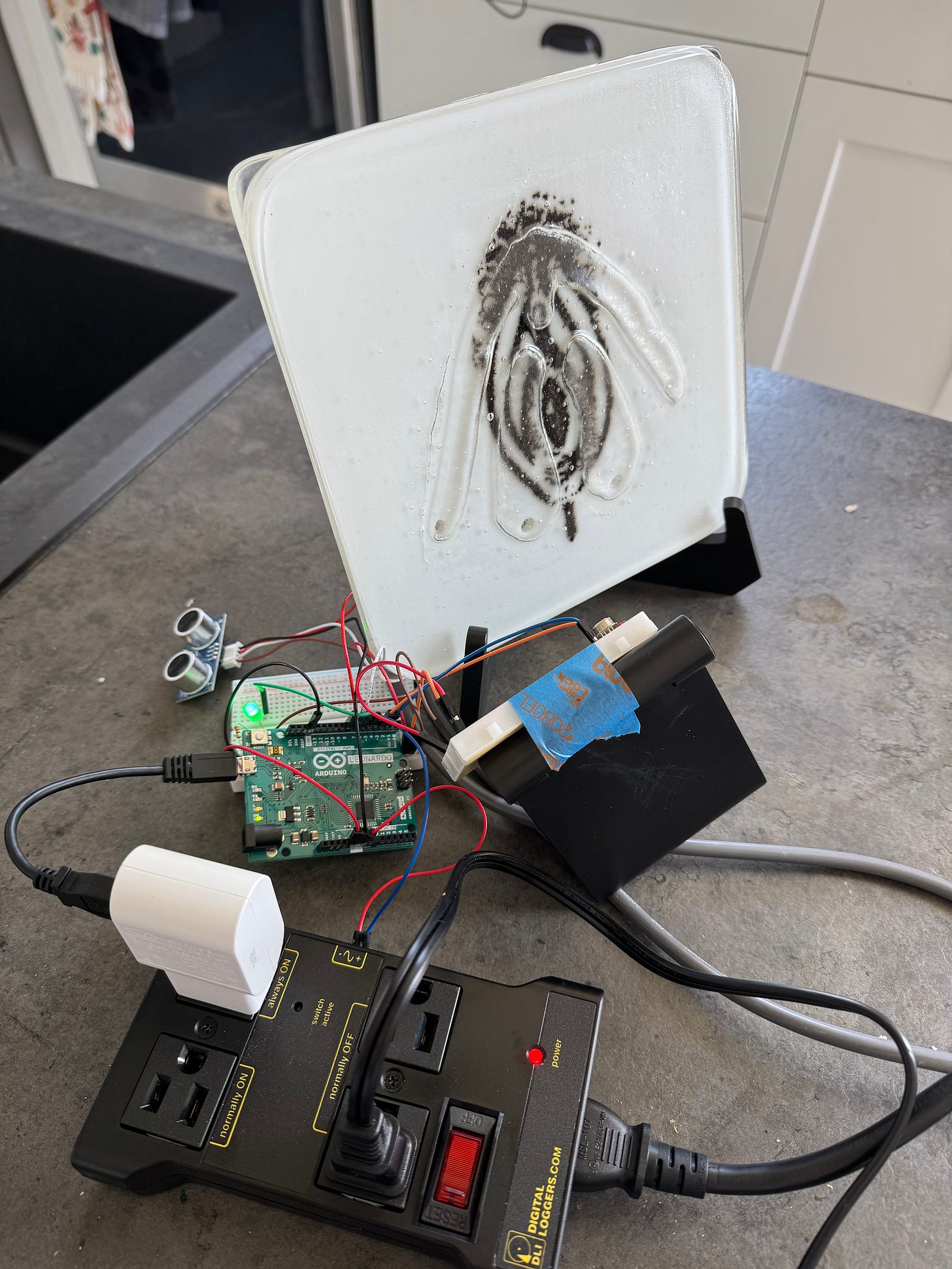
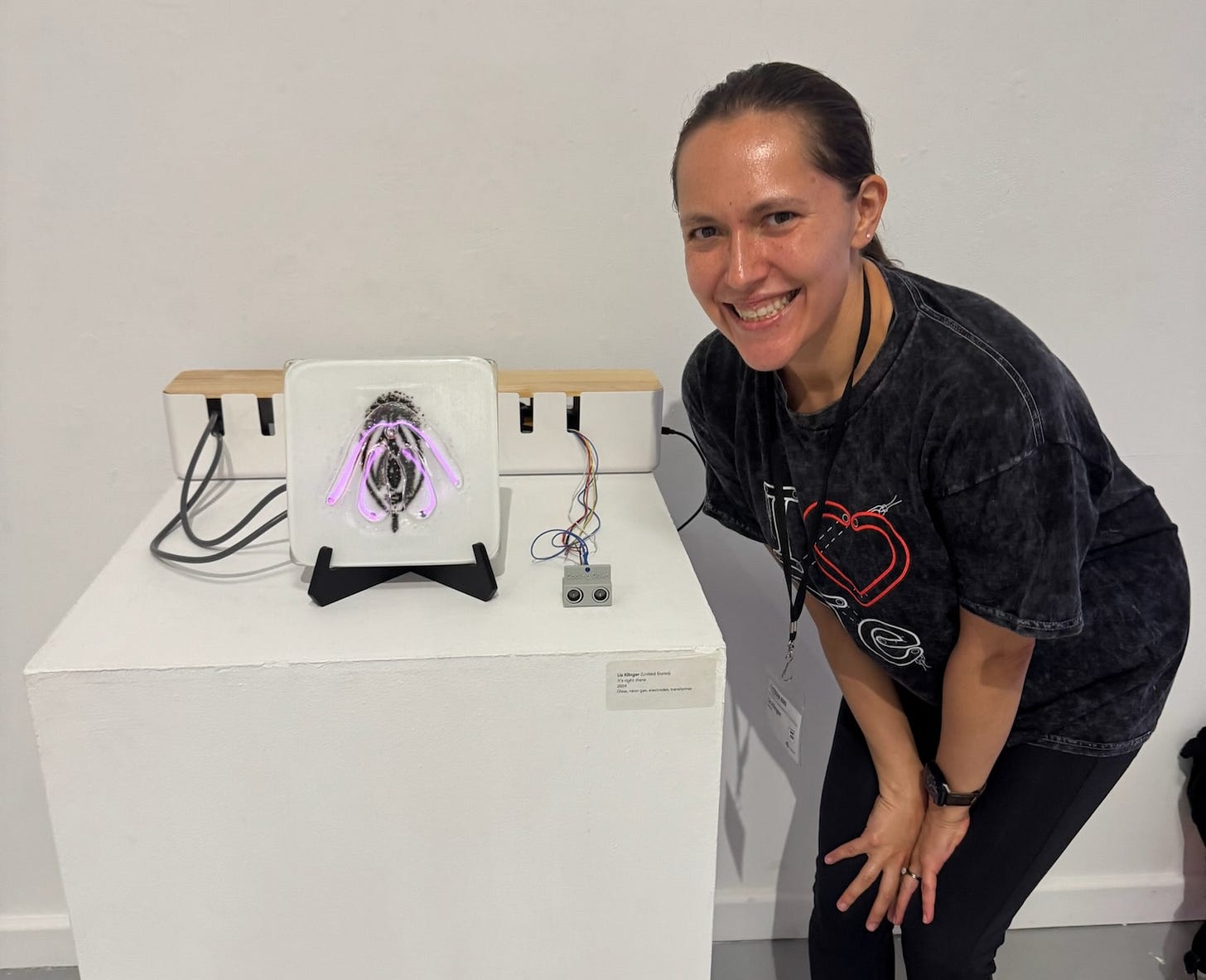
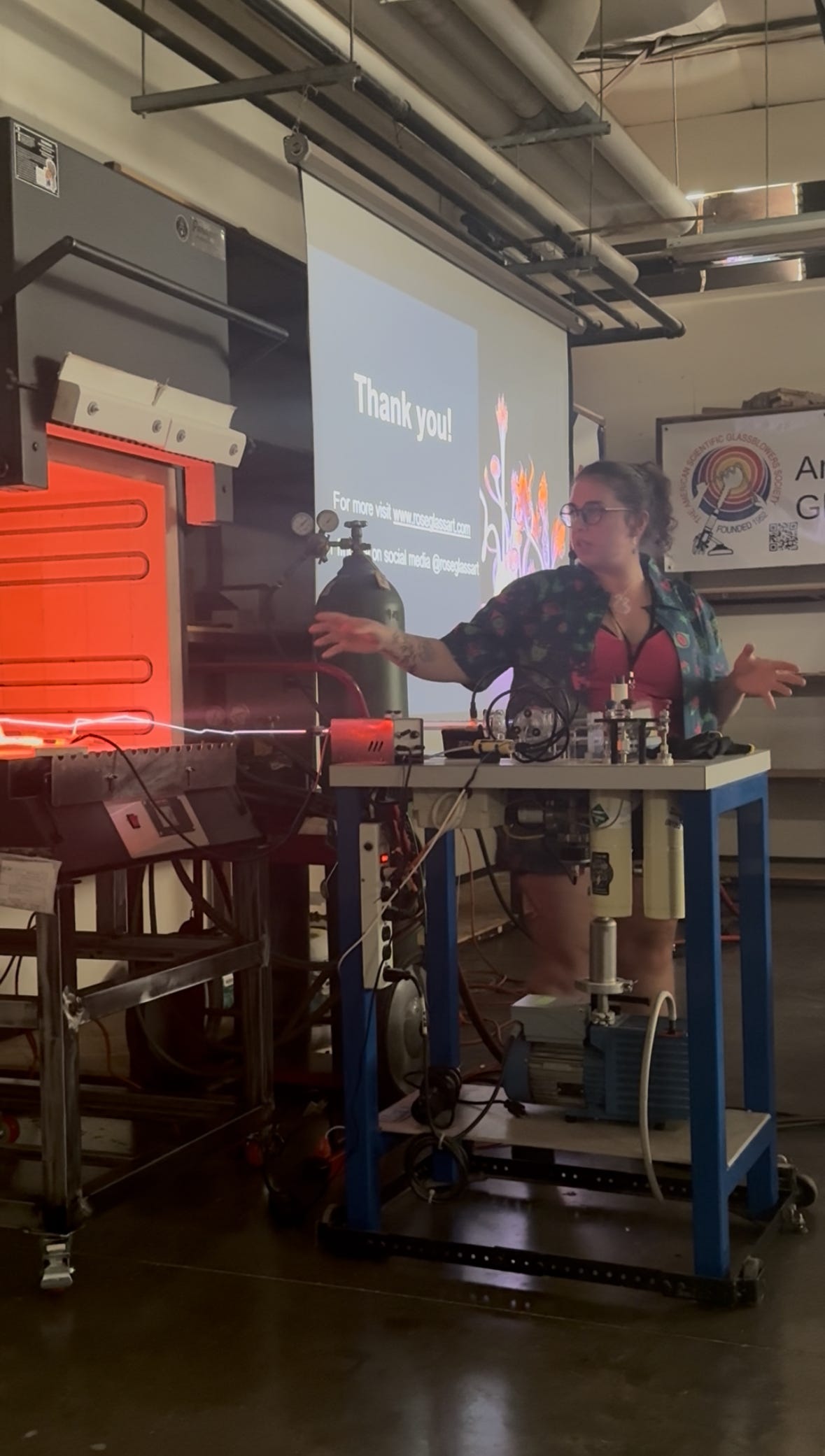
Welcome back! 😊